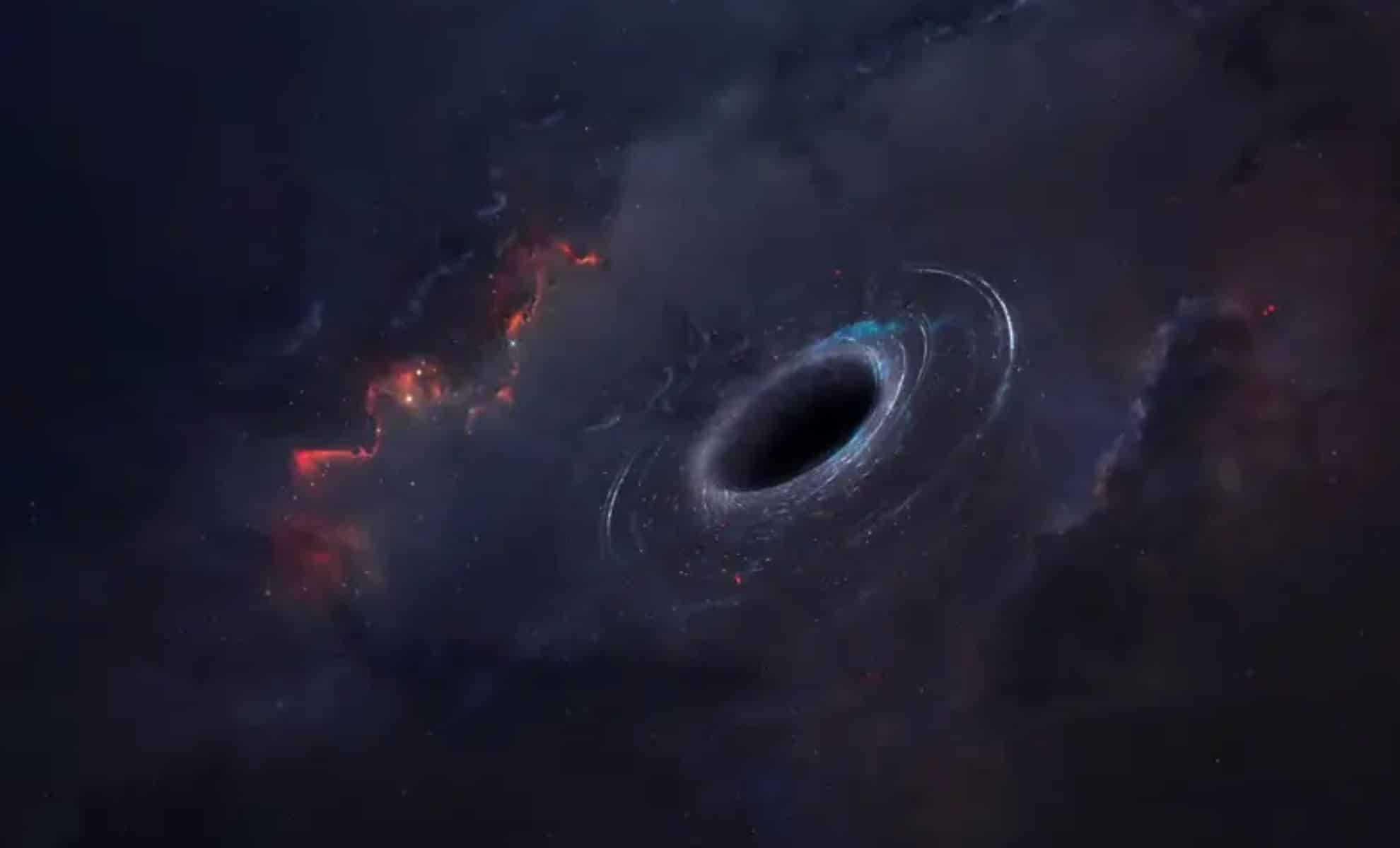AI Unlocks Black Hole Mysteries, Transforming Physics

Physicists have achieved a groundbreaking advancement in understanding one of the universe’s most enigmatic phenomena—what truly lies at the heart of a black hole. In a pioneering study published in PRX Quantum, a team led by Enrico Rinaldi has utilized quantum computing and machine learning to simulate the quantum structure believed to exist inside black holes. By leveraging the holographic principle, the researchers have explored a mathematical framework known as a matrix model, paving a new path to comprehend gravity without crossing the event horizon.
The announcement comes as scientists strive to bridge the gap between two pillars of modern physics: general relativity and quantum field theory. These theories, while each successful in their respective realms, have long been seen as incompatible. The study, spearheaded by researchers from the University of Michigan, RIKEN, and Keio University, employs the concept of holographic duality. This radical idea proposes that gravity in three dimensions can be mapped to a quantum system devoid of gravity in just two dimensions.
Bridging Space-Time and Quantum Matter
One of the greatest challenges in physics today is unifying general relativity, which describes gravity and the large-scale structure of the universe, with quantum field theory, which governs subatomic particles. Each theory excels in its domain but seems fundamentally incompatible with the other. As Rinaldi explains,
“In Einstein’s General Relativity, space-time exists but there are no particles. In the Standard Model, particles exist, but there’s no gravity.”
This division has long puzzled physicists and hindered efforts to develop a quantum theory of gravity.
The matrix models explored in this study are mathematical constructs designed to merge these conflicting perspectives into one cohesive framework. By focusing on simplified versions of these models—versions that still retain essential features of black holes—the researchers were able to test algorithms on both quantum circuits and classical neural networks. Their goal was to find the ground state, the configuration of minimum energy, which may encode the very blueprint of space-time itself.
Mapping the Quantum Terrain With Matrix Models
Matrix models are central to string theory, where fundamental particles are described not as points, but as tiny vibrating strings. In this framework, black holes can be modeled as dense collections of such strings, and their behavior is encoded in enormous numerical arrays—matrices. However, solving these models directly is extremely challenging, particularly when it comes to identifying their ground state. That’s where computational innovation enters.
Rinaldi emphasizes the importance of understanding the ground state, stating,
“It’s really important to understand what this ground state looks like, because then you can create things from it.”
Using a bosonic matrix model with two or three matrix variables, the researchers simulated low-energy states using quantum gates on qubit systems. Due to the limited capacity of current quantum hardware—just dozens of qubits—they kept the simulations modest in scale but rich in structure. Their results demonstrate that it is possible to use quantum variational methods to approximate the matrix model’s wavefunction—a major step in realizing quantum simulations of gravitational systems.
Quantum Circuits as Music Sheets of the Universe
The process of programming a quantum circuit can be likened to composing a symphony. Each qubit corresponds to a wire, and quantum gates act like musical notes, modifying the state of the system in structured steps. But unlike a traditional score, the “music” of a quantum algorithm evolves unpredictably, requiring optimization to hit the right notes.
Rinaldi draws a poetic analogy, explaining,
“You can read them as music, going from left to right. If you read it as music, you’re basically transforming the qubits from the beginning into something new each step. But you don’t know which operations you should do as you go along, which notes to play.”
This reflects the challenge of using quantum algorithms to find an accurate ground state—essentially composing a piece of code that behaves like the inside of a black hole.
The researchers implemented variational quantum eigensolvers (VQEs) to minimize energy and used loss functions sensitive to both energy and symmetry constraints. Despite limited quantum hardware, they were able to benchmark their results against exact diagonalization methods and neural networks, achieving impressive alignment.
Implications and Future Directions
This development represents a significant leap forward in the quest to unify the fundamental forces of nature. By simulating the quantum structure inside black holes, scientists are one step closer to a quantum theory of gravity. The study not only advances our understanding of black holes but also opens new avenues for research in quantum computing and theoretical physics.
Looking ahead, the team aims to expand their simulations as quantum hardware evolves, potentially unlocking further secrets of the universe. As the boundaries of technology and theoretical physics continue to blur, the insights gained from this research could redefine our understanding of reality itself.
Meanwhile, the scientific community eagerly anticipates the next breakthroughs that will emerge from this innovative intersection of quantum computing and gravitational physics.






